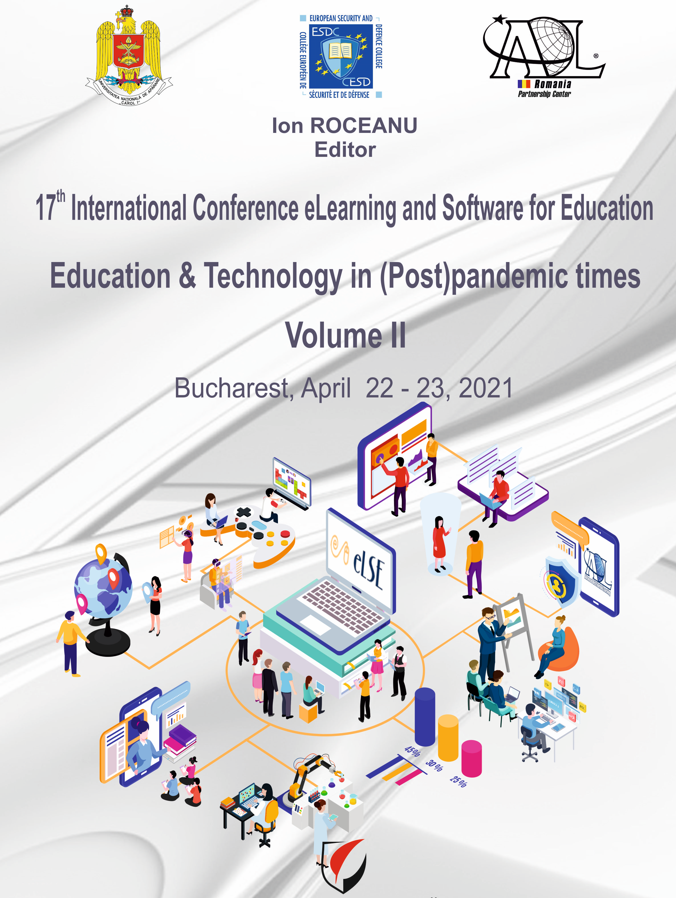LEARNING METHODS AND TRANSFERABLE APPROACHES
LEARNING METHODS AND TRANSFERABLE APPROACHES
Author(s): Alexandra Stefania Moloiu, Grigore AlbeanuSubject(s): Methodology and research technology, ICT Information and Communications Technologies, Distance learning / e-learning
Published by: Carol I National Defence University Publishing House
Keywords: self-learning; transfer learning; development; machine learning applications;
Summary/Abstract: Learning to learn, an ability common to humans and animals, implies that the more knowledge is acquired, the better a new field can be investigated. Knowledge transfer is also a well known paradigm applied both for individuals and groups (networks). Mainly, the transfer of knowledge across individuals, groups and organizational units, is possible in our e-society, through repositories, e-learning platforms, social networks, specialized blogs, online courses etc. Self-learning, auto-didacticism is based also on strong principles investigated by psychologists working for education. This is an opportunity to think of augmented intelligence: man-machine hybrid. Integrating human knowledge into machine learning portals will increase the robustness of machine learning, and provide explanations on selected decisions. In this paper we investigate a large plethora of learning approaches, self-learning models, domain adaptation techniques, and transferable approaches to machines in order to solve real life problems like detection, recognition, and understanding. The topics are common for people making use of emotional, behavioural, and cognitive self-regulation aspects. However, the machines have to learn more to discover the behaviour of users, connected machines, and artificial messages received from an artificial environment. The transferred knowledge can be in the form of input data (signals), feature representations (extracted from signal), or model parameters (discovered through algorithms). Some concepts like self, non-self, convenient environment, sources of learning, adaptation to new domains, adaptation to new environments, and challenging transferable strategies are discussed in the first part. Some applications from the machine learning field are presented in the second part from the viewpoint of learning methods and transferable approaches.
Journal: Conference proceedings of »eLearning and Software for Education« (eLSE)
- Issue Year: 17/2021
- Issue No: 02
- Page Range: 80-86
- Page Count: 7
- Language: English

